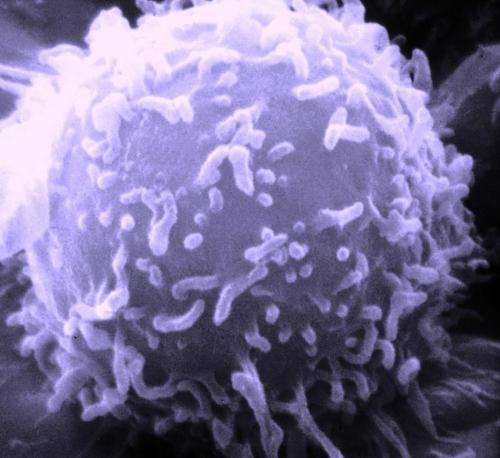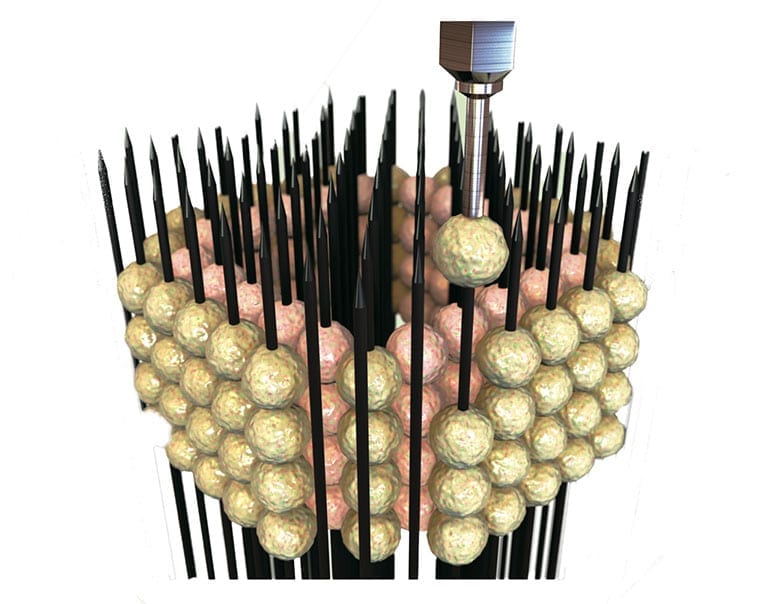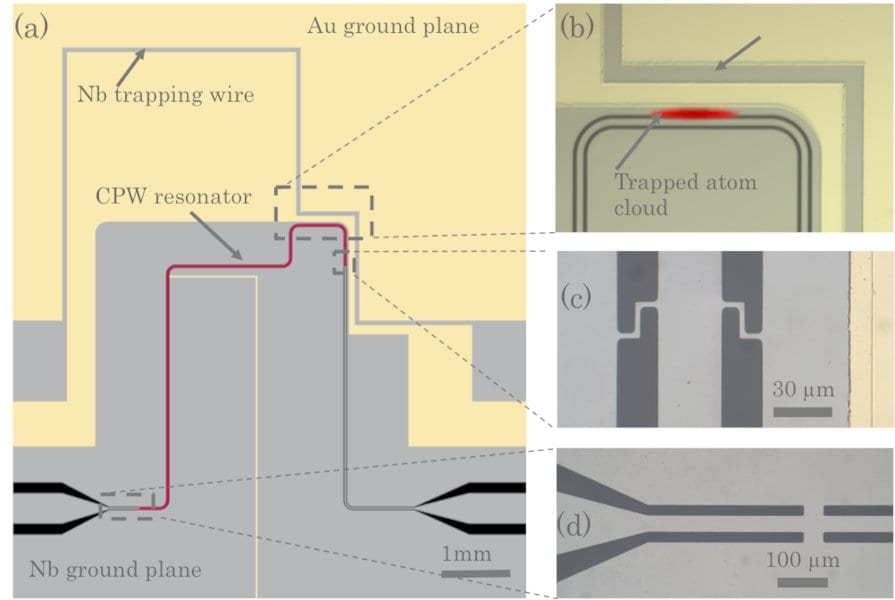
Oregon State University scientists have developed a nanomedicine platform for cancer that can help doctors know which tissue to cut out as well as kill any malignant cells that can’t be surgically removed.
The platform allows for greater precision and thoroughness in cancer treatment.
Here’s how it works:
Nanoparticles tightly loaded with a dye compound are administered systemically – injected intravenously or into the peritoneum, the abdominal cavity. When they reach the tumor site, the tumor’s intracellular environment effectively flips the switch on the compound’s fluorescence.
That enables detection by a near infrared (NIR) imaging system that helps surgeons know in real time what needs to be removed.
Any glowing areas that can’t be cut out are given phototherapy – irradiated with a near infrared laser, which causes the nanoparticles to heat up and kill the residual cancer cells.
The findings by researchers in the OSU/OHSU College of Pharmacy and OSU College of Veterinary Medicine were published this month in Theranostics.
The nanomedicine platform consists of silicon naphthalocyanine (SiNc) densely packed in biodegradable PEG-PCL nanoparticles. Because the SiNc is engineered to be non-fluorescent initially – until the tumor activates the fluorescence by loosening the packing – it doesn’t cause any non-cancerous tissue to glow.
Corresponding authors Olena Taratula and Oleh Taratula of the Department of Pharmaceutical Sciences and their collaborators evaluated the platform in vitro and in two different mouse models, including one that mimicked ovarian intraperitoneal metastasis.
The research team operated on the mice using real-time imaging, which showed that the new nanoparticles are compatible with a standard, FDA-approved imaging system. The efficacy of the phototherapy was also demonstrated in vivo.
“The nanoplatform system is quite simple but quite effective,” Olena Taratula said.
Subsequent laboratory testing of the platform will include rats, she said, followed by testing on dogs that are already scheduled for cancer surgeries at the College of Veterinary Medicine.
“They’re going to do surgery on those dogs anyway, and they can use our nanomedicine platform as an additional tool to see if they can identify the cancer cells,” Taratula said.
Learn more: Fluorescent nanomedicine can guide tumor removal, kill remaining cancer cells
The Latest on: Flourescent nanomedicine
[google_news title=”” keyword=”flourescent nanomedicine” num_posts=”10″ blurb_length=”0″ show_thumb=”left”]- New Biden Rule Means Lights Out for Compact Fluorescent Bulbson April 12, 2024 at 2:08 pm
Compact fluorescent light bulbs — once considered corkscrew-shaped emblems of the clean-energy transition — will effectively be phased out under a Biden administration rule finalized Friday ...
- Raman Spectroscopy in Nanomedicineon April 10, 2024 at 5:00 pm
and fluorescent microscopy methods based on intrinsic nanoparticle or external label fluorescence, to name but a few. However, these methods are not without certain drawbacks that limit ...
- Raman Spectroscopy in Nanomedicineon April 5, 2024 at 5:00 pm
Nanomedicine. 2013;8(8):1335-1351. Spontaneous Raman spectroscopy has, therefore, already been demonstrated to be a chemically specific method for investigating nanoparticle interactions and to ...
- Fundamentals of Nanomedicineon February 6, 2024 at 6:36 pm
Presenting a thorough discussion of the science and engineering of nanomedicine, it discusses vital environmental, social and ethical impacts of this revolutionary technology. Including over 200 ...
- Nanomedicine advancement shows potential for personalized point-of-care therapeuticson February 6, 2024 at 9:21 am
"We encapsulated this molecule into our nanomedicine formulations and showed that it actually stops those prostate cancer cells from growing." Based on this example, the team's research has ...
- compact fluorescenton February 24, 2023 at 4:00 pm
Like the incandescent bulb before it, the compact fluorescent (CFL) bulb is rapidly fading into obscurity as there are fewer and fewer reasons to use them over their LED successors. But there are ...
- The emerging nanomedicine landscapeon September 13, 2020 at 6:20 am
A global survey of companies pursuing 'nanomedicine' indicates that nanotechnology is taking root in the drug and medical device industry. This article presents data from the above study showing ...
- Fluorescent Lamps Informationon August 17, 2020 at 5:11 am
Fluorescent lamps are high-efficiency lamps that use electrical discharge through low-pressure mercury vapor to produce ultraviolet (UV) energy, which is then transformed into visible light. The UV ...
- fluorescent starteron October 26, 2016 at 5:00 pm
In another video, he goes over the wiring of a fluorescent starter to create a flickering effect with an incandescent light bulb. A fluorescent starter works because the current heats up a gas ...
- Decreasing UV exposure from fluorescent lightson September 13, 2013 at 7:03 am
In addition to sunlight, ultraviolet rays are also given off by several different forms of indoor lighting, including compact fluorescent lamps (CFL’s). CFL’s are commonly long, cylinder shaped and ...
via Google News and Bing News










